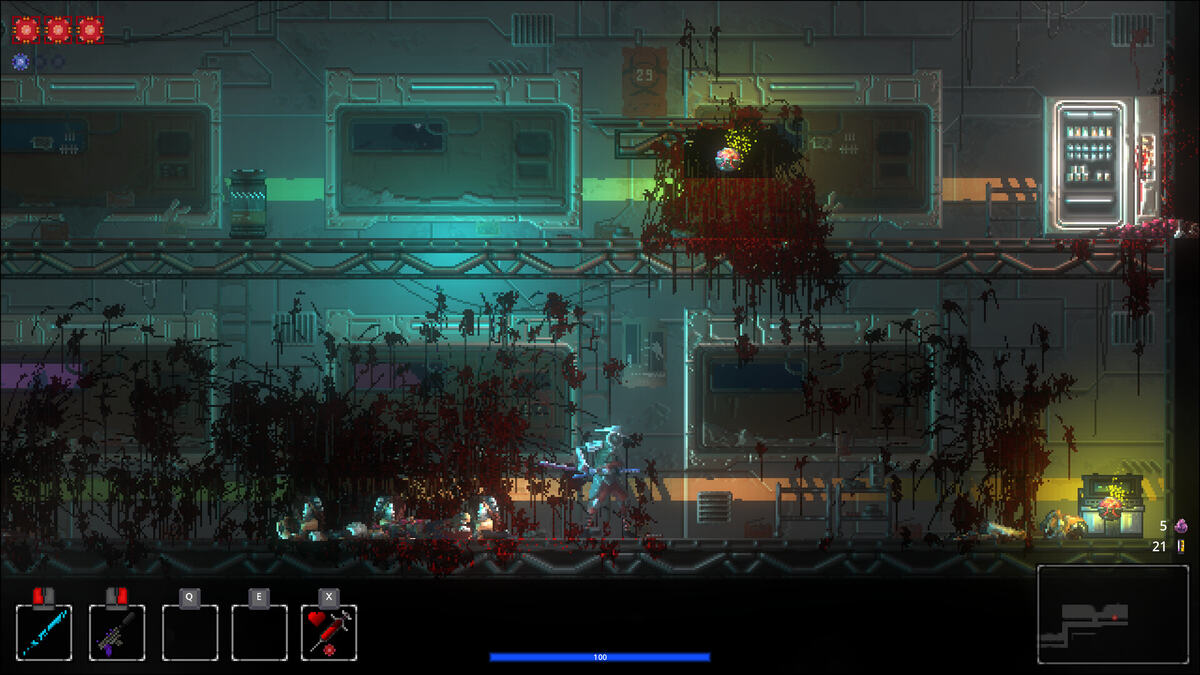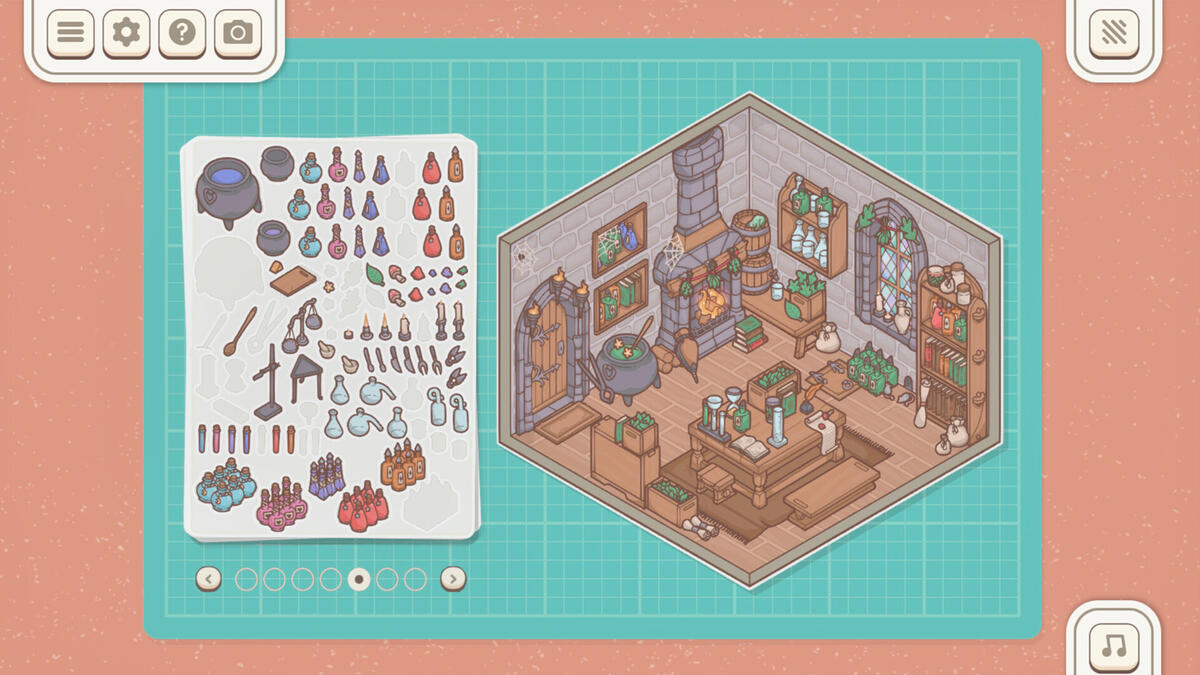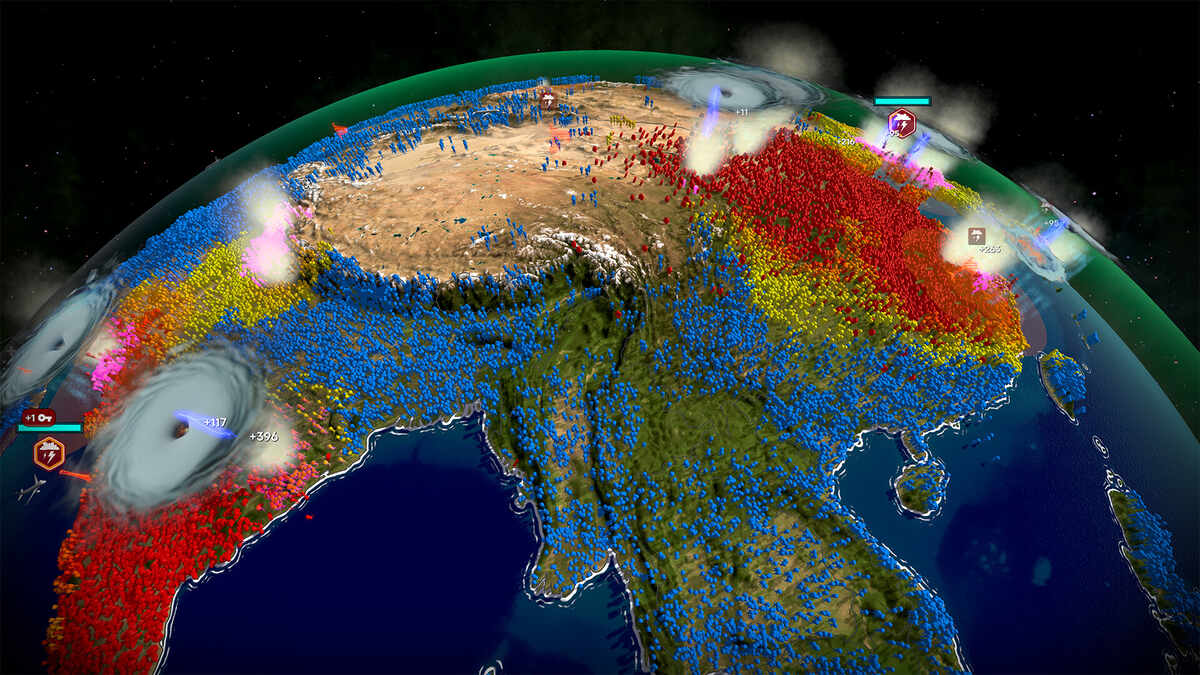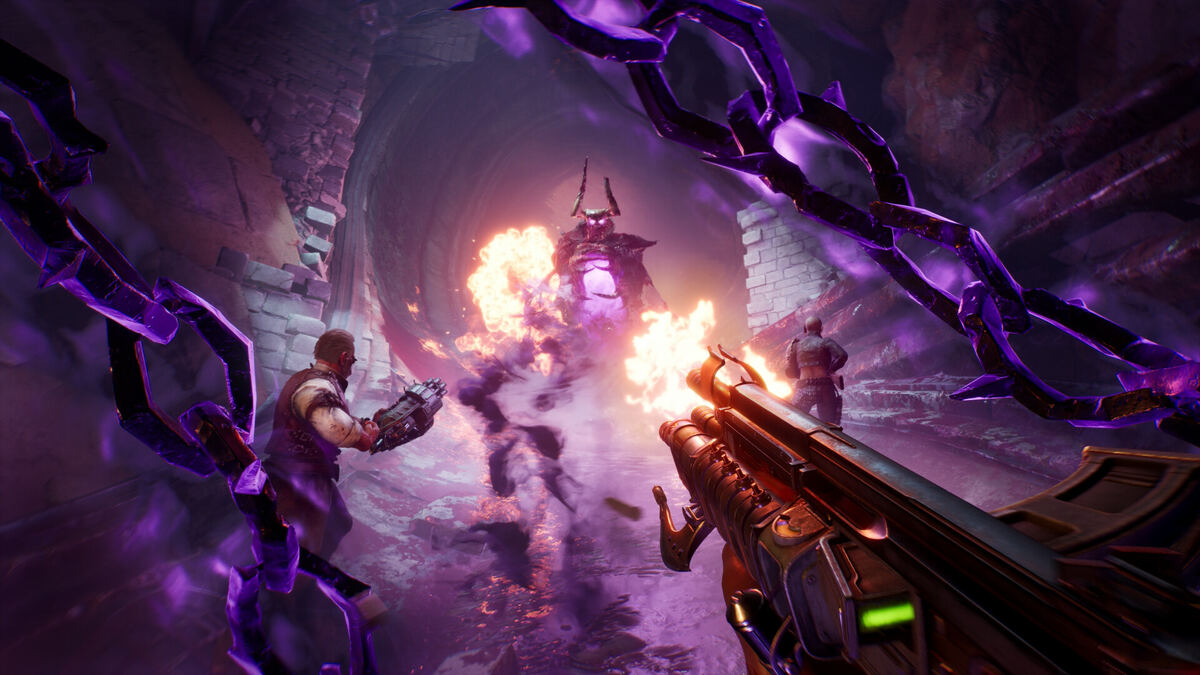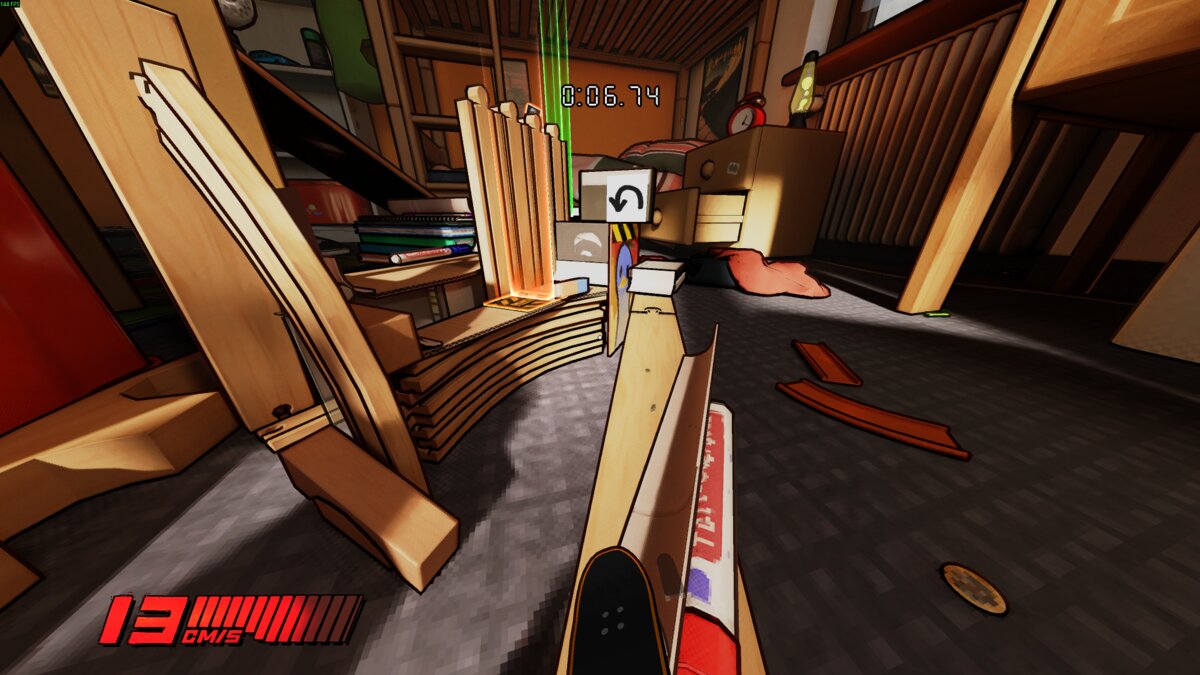You can trust VideoGamer. Our team of gaming experts spend hours testing and reviewing the latest games, to ensure you're reading the most comprehensive guide possible. Rest assured, all imagery and advice is unique and original. Check out how we test and review games here
Swedish developer Massive Entertainment is nothing if not ambitious. With its latest production, World in Conflict, the team is trying to create the seemingly impossible; the easily accessible but fully fledged RTS.
Combining the point-and-click immediacy of original arcade RTS Cannon Fodder with the detail and depth of Commander and Conquer 3 sounds like pure fantasy, or something a marketing team would dream up to thinly veil an inferior strategy title with a sum lesser than its parts.
So it comes as some surprise that based on the preview build I played, it is looking like World in Conflict is actually an impressive RTS that really is effortless to pick up and play. Massive may be on the verge of achieving the impossible and realising the clichéd mantra: ‘Easy to learn and hard to master’.
Set in a vision of 1989 where the Cold War never stopped, with Russia poised to invade American soil, World in Conflict has formulated the ultimate unit shifting plot. The release is assured success stateside, where gamers are likely to be thrilled to finally have a chance at defending their homeland from the Communist threat, while much of the rest of the world will undoubtedly be attracted in part to the idea of a game where losing at least means the chance to see something games and films have rarely touched on. Namely, seeing small town USA pummelled by heavy weaponry. The game also takes the action to the sprawling streets of Seattle and the tranquillity of rural France, providing some variation while keeping the focus firmly on civilian battlefields.
With a plot penned by Cold War expert Larry Bond, the level of World in Conflict made available for hands-on time concentrated on taking the horrors of modern warfare to the tranquillity of Spielberg’s America, meaning that white picket fences and chunky children’s’ tricycles were joined by tank tracks and napalm canisters. The result in-game and in the cutscenes is an eerie one indeed, at once disturbing, impressive and perversely appealing, like the car crash that slows down every motorist.
Do not be misled though, as though the scenario created is unsettling, the game built around it is looking very well crafted and appealing. World in Conflict is visually stunning, and some lavish cut scenes are not only technically impressive, but even seem to contain some sensitive tongue-in-cheek humour and the most elusive audio element in modern games; decent quality voice acting.
In-game is equally impressive, with each hand-painted building and abandoned vehicle glistening with detail, and a full line of sight unhampered by the fog of war that hides distant objects and landscape features in many real-time strategies. The explosions and visual effects are incredible too, and the fact that they are religiously copied from live action footage is immediately apparent as they possess a stunning level of realism.
The air and water effects are equally remarkable, providing a beautiful background to the destruction and havoc you cause. The fully 3D cloud map is among the finest seen in any game, changing as storms brew or as the sun shines out on the battleground below. With the game already primed for DirectX 10 Vista PCs, it seems that World in Conflict could look even better than it does now.
Moving on, though the shocking setting and startling visual quality are the most attention grabbing elements of the title, what about the gameplay that will be the defining factor in the long term success of this epic RTS? At this stage, it would seem that things are looking good for the future of Massive Entertainment.
From the off, World in Conflict does a fantastic job of creating the sense that an enormous War is unfolding around you, that goes far beyond the individual battles you lead. This is done by casting you as just one of several commanding officers, meaning that you will often have to work with you allies, combining your efforts or coordinating your individual objectives as part of a far bigger picture. Alongside the genre leading graphics, the impact of the cooperative gameplay adds a huge depth to the experience, and the thrill of seeing a fellow officer and his troops overpower an enemy unit in the distance while you demolish a huge structure in the foreground is wonderful. Regular NPC allies also feature and develop throughout the game, further adding to the drama.
Of course, much of the point-and-click gameplay will be familiar to RTS fans who would expect nothing less, but World in Conflict has plenty of surprises up its sleeve. The biggest break from tradition comes with the game’s take on the current fashion in action and adventure games for regenerative health or power. Realising that the typical ‘wait behind a rock’ technique would not be appropriate for an RTS, Massive has developed a system whereby each troop and unit lost replenishes a bank balance with their original monetary value. This money then trickles back into a kitty that can be spent in-game on new manpower, vehicles and weaponry.
It is this system that is at the crux of what makes World in Conflict so accessible, as it turns the typically complex asset juggling of the RTS genre into a far more manageable concept that takes little of the strategy away from the action.
The enemy AI is also very impressive, and is victim to the same rules of engagement as human players, resulting in a brilliantly consistent game world. As you secure marked perimeters to claim vantage points, the rival units will try to flank you, targeting your weak spots and fighting with all the flair of a human player.
Additional gameplay elements include the ability to zoom from a view not far from third-person-perspective, right up to a map view of the whole battle, from where, in theory, you can control the entire game. This near seamless feature saves jumping between too many menus and maps, instead combining them all in one 3D model. When zoomed in you can always here the voices from inside allied and enemy units near to the camera’s position, adding an irresistible human quality to the authentic but otherwise soulless vehicles that pepper the landscape.
The 20-minute networked multiplayer match I played was easily up to standard with the rest of the game, and made for a surprisingly action packed romp punctuated by screams and yelps from the assembled players. Allowing for up to two teams of eight to battle it out, the monetary system provided a constant supply of new forces on all sides, assuring the pace and atmosphere remained at fever pitch. The focus was on securing and defending command posts by holding their perimeters in a similar fashion to holding ground in the main game.
On the whole World in Conflict is looking very promising, and as long as it can maintain the interest of the hardcore and the casual gamer it has no reason to become anything but one of the big names in the RTS genre. It may have trouble getting its message of accessibility to those unfamiliar to strategy games and it may also struggle to convince die-hard RTS fans that it is the real deal; however, this ambitious development team seems unlikely to be defeated by such obstacles.
/https://oimg.videogamer.com/images/1599/world_in_conflict_28.jpg)


